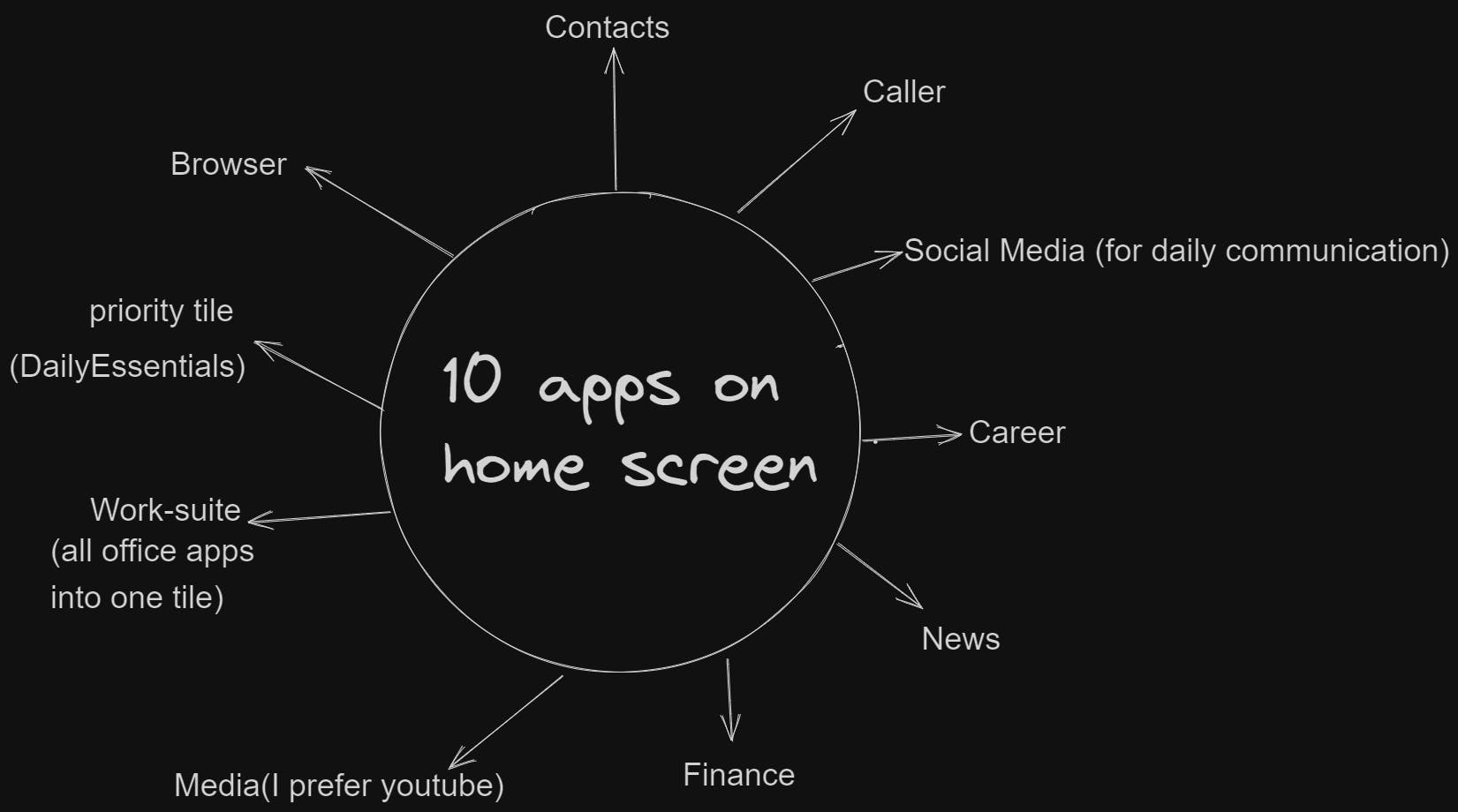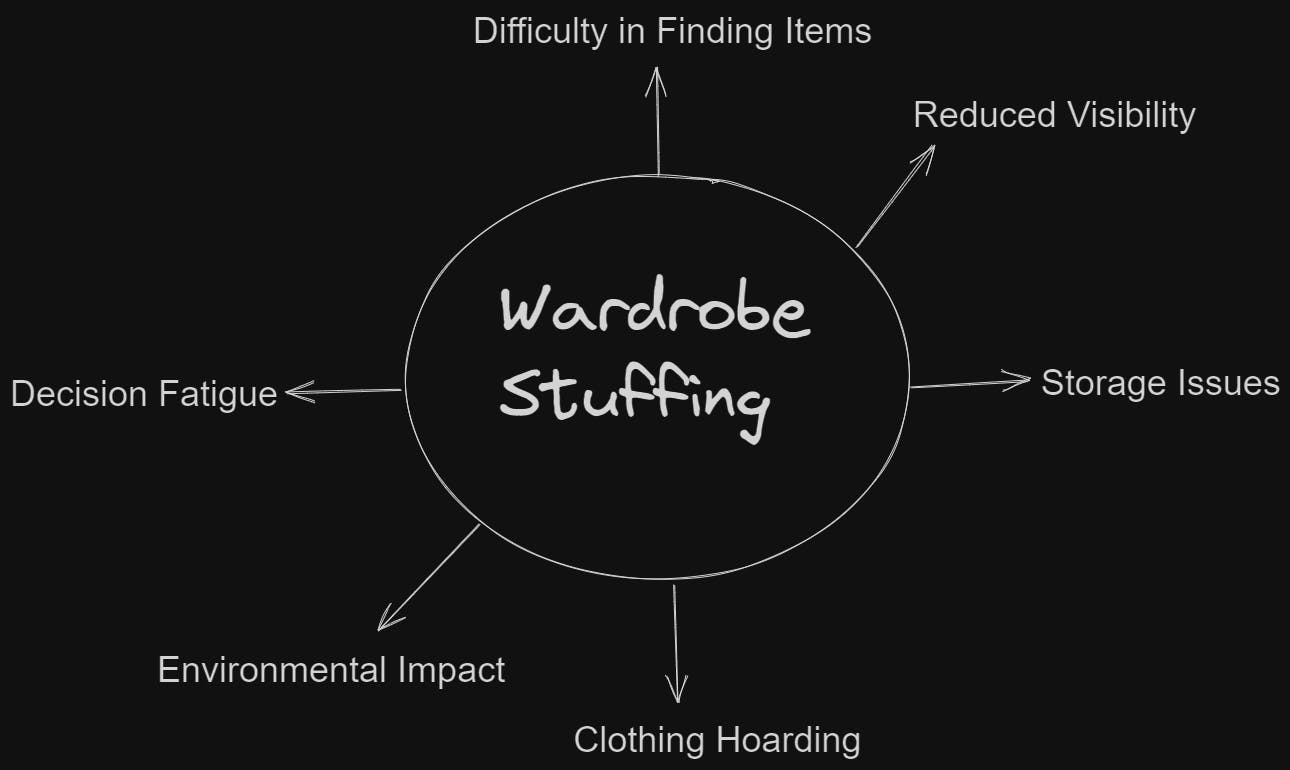Hey, Readers! Today, let's get into interesting perspectives that allow us to examine ourselves through a lens that clarifies the blurred vision caused by the multitude of things, which are more, large, and big things that occupy us.
'A place for everything and everything is in its place.' - Mahatria
So today's word is Minimalism and mainly focuses on the above quote, which talks about achieving simplicity and clarity by paring down to the essentials. It revolves specifically around 3 nodes, Essentiality, Simplicity and Functionality applied to personal and professional lifestyles or various other aspects, promoting a focus on the essential, a commitment to simplicity, and a dedication to functional utility.
Along with my experience and specifically read from the book 'Goodbye, Things: The New Japanese Minimalism' by Fumio Sasaki, and curated the points that explain the way to achieve minimalism and its advantages. Some of them are:
Increased Focus on Essentials: Minimalism encourages individuals to identify and prioritize what truly matters in their lives, allowing them to focus on essential aspects such as relationships, personal growth, and meaningful experiences.
Reduced Clutter: By minimizing possessions and decluttering living spaces, individuals may experience a sense of liberation and reduced stress associated with physical and mental clutter.
Enhanced Clarity and Purpose: Minimalism promotes a clear understanding of one's values and priorities, leading to a more purposeful and intentional life.
Financial Freedom: Spending less on unnecessary possessions allows individuals to save money, reduce debt, and achieve greater financial freedom.
Increased Productivity: With fewer distractions and a simplified environment, individuals may find it easier to focus on tasks and enhance productivity.
Improved Well-being: Minimalism often leads to a more intentional and mindful lifestyle, contributing to improved mental and emotional well-being.
Environmental Impact: Minimalism, particularly in terms of reducing consumption, can have a positive impact on the environment by decreasing waste and promoting sustainability.
Easier Maintenance: Having fewer possessions simplifies daily life, making it easier to clean, organize, and maintain living spaces.
Let's examine our everyday lifestyle and try to incorporate minimalism wherever possible. I'll refer to these efforts as 'episodes,' each presenting an opportunity to introduce minimalism. Here we go.
Episode 1: Minimalism to the Phone.
In the first episode let's choose the phone because of its dependency reasons. In today's world, we are gushed out with a vast amount of information, transforming into data, which in turn gives rise to ideas and results in the creation of various products and applications (apps). The plethora of applications has, however, taken up significant space on our phones, driven by temporary benefits that often have no practical use in our daily lives. These applications, essentially dead apps on our phones, present three major challenges:
Adding unnecessary memory weight to our phones,
Making it difficult to access the genuinely essential apps
Increasing the likelihood of high screen time on less important apps.
To address these challenges, we can declutter our phones, making them lighter, ensuring easy access to essential apps, and reducing screen time by avoiding less important ones. In the following discussion, I will present some approaches to decluttering apps and achieving a minimalistic phone.
Uninstall apps that are not required.
Hide apps from the home screen that are used less but are still important.
For this, I chose the one-to-one relationship, which tells one app for one purpose.

These are the most important apps that I get to interact with daily and the rest of them are the hideouts. So my home screen is only with 8-10 apps, which makes my home screen less cluttered, has easy access to the most required apps and reduces my screentime on less used apps. Here's my smartphone's home screen.

Turn off the notifications of the apps that are not required to notify you.
"Fewer deviations lead to fewer disturbances."
Episode 2: Minimalism to the Workspace.
When someone asks to share a file, then we may face the problem of swimming into the ocean of unnamed, unorganized, cluttered files to pick up a file for them. When we want to find some business-related information then again we fall into the same trap of wasting time to find a single piece of underlying information and likewise, we come across many challenges in the work area as well. The place we call a work area should also follow the same approach of decluttering the phone.
I classified my workspace broadly to declutter, which helped me increase my focus to fewer deviations and good productivity.
Computer/Mac/Laptop
On my computer, I followed the approach of hideout apps from the home screen on the desktop. I have the shortcuts of those applications which I frequently use daily, it sums up to hardly 5-6 apps.
Folders
Instead of naming the files as 'aaa', 'bbb' etc, I take out an extra 5 seconds to give a proper name. Later, when I want the file I can straightway hit that file instead of running behind every file.
Worktable
A laptop, extended monitor(if required) and respective adapters, one earphone, one scribble pad and one pen would suffice your work table.


Documentations
According to me, documentation is an art. The more concise and to-the-point it is, the better the audience will understand your message. Having numerous documents with minimal information can lead to information distortion. Therefore, I advocate for categorizing information crisply.

Episode 3: Minimalism to the Media and OTTs.
A plethora of content and excessive exposure to media and news content can have various effects on one's mental well-being, some possible impacts are Information overload, Negative News Bias, Reduced focus, Sleep disruption and Pocket burns. Some of the minimalistic touches on this would be :

The intention is to declutter the mind by removing the influx of media and other unnecessary apps.
Episode 4: Minimalism to the Wardrobe.
Embracing minimalism in the wardrobe is not just a matter of fashion; it's a deliberate shift towards simplicity, purpose, and mindful consumption. According to me, there are a few challenges to the haphazard collection and the usage of maximal wardrobe. Those are :

Let's explore the transformative journey of paring down and curating a wardrobe that reflects not just personal style, but a conscious and intentional way of living. Below is the framework I follow, which has served me well on various occasions (of course, I considered only frequent wardrobe choices). Perhaps, it can cater to a broad spectrum of minimalistic wardrobes, irrespective of gender as well.

By following some of the above pointers, we can shift from a cluttered to a decluttered, clear, and peacefully driven life.
Conclusion
The pointers in this blog reflect entirely my views, implications, and experiences. This blog will regularly expand, covering various aspects of our lives because Minimalism can be applied to any area where there's a scope for clutter. Therefore, please visit this blog regularly.
So, folks, let me wrap up this blog with a few words, focusing on the idea that 'If there's less, there's less mess.'
